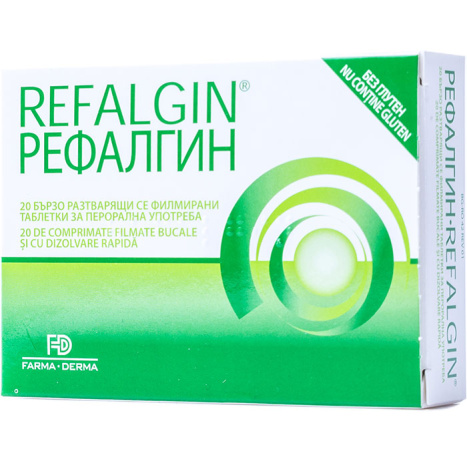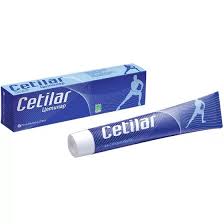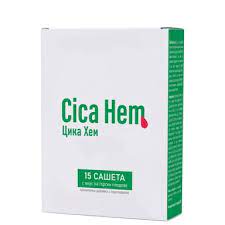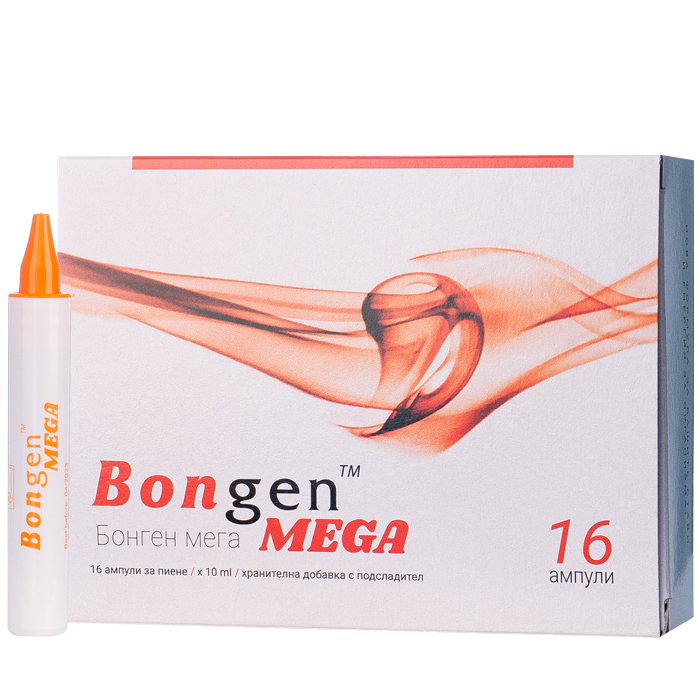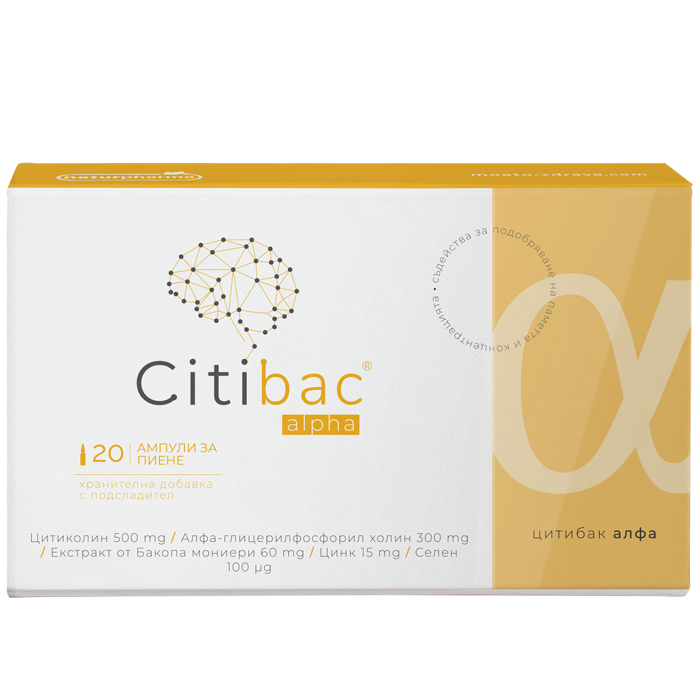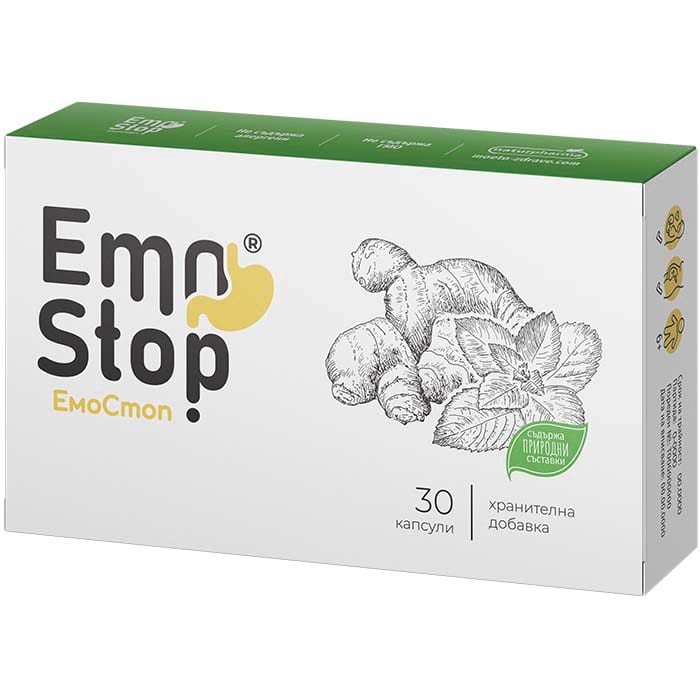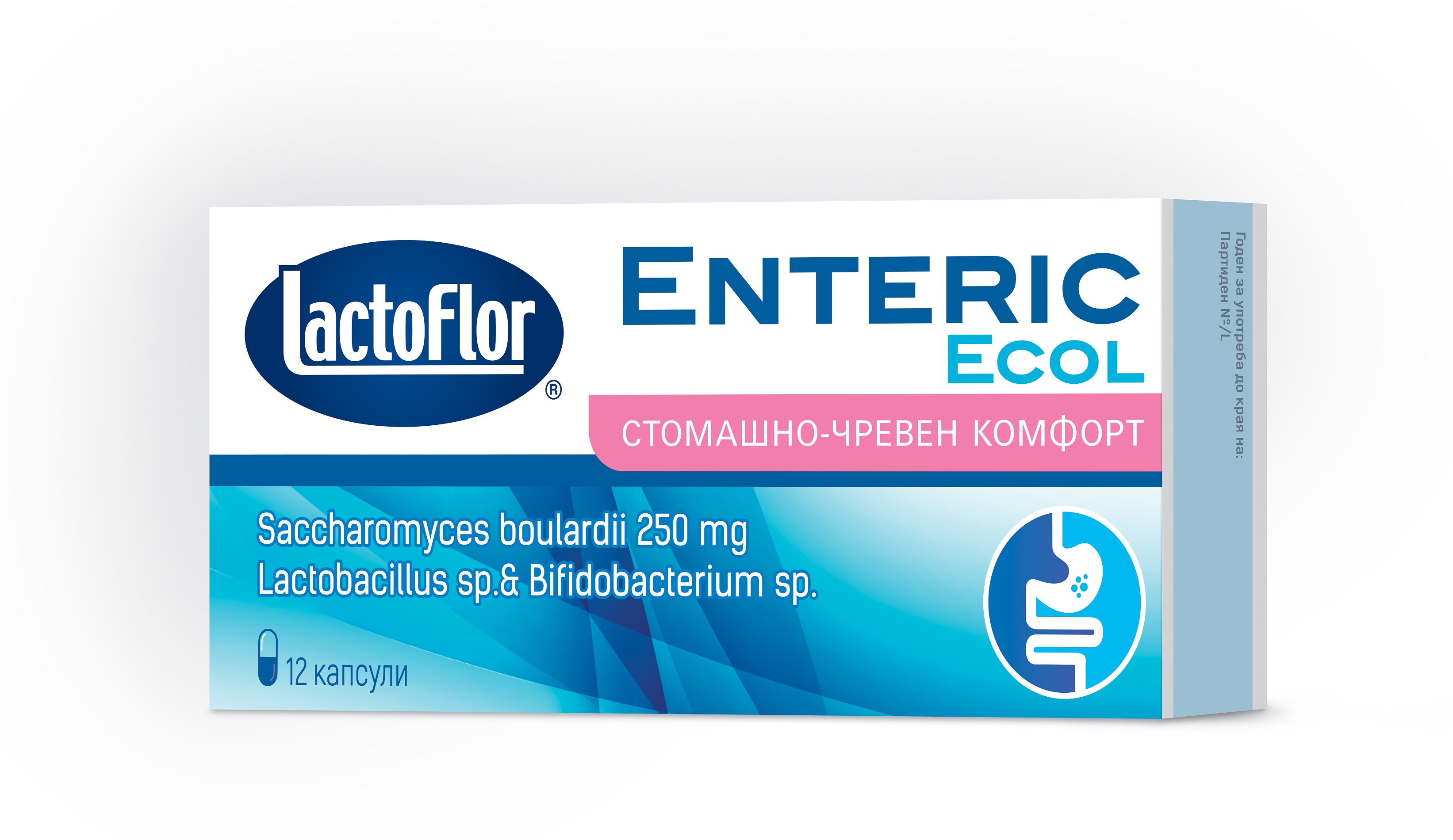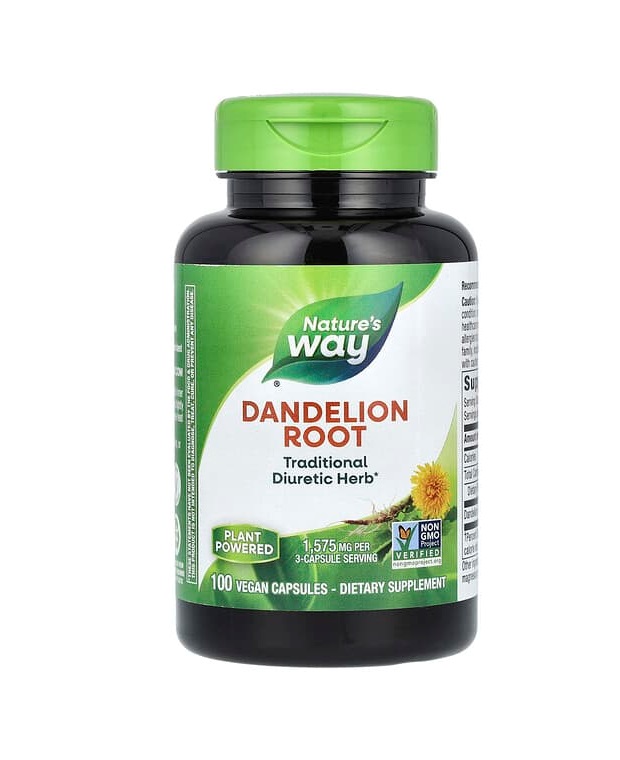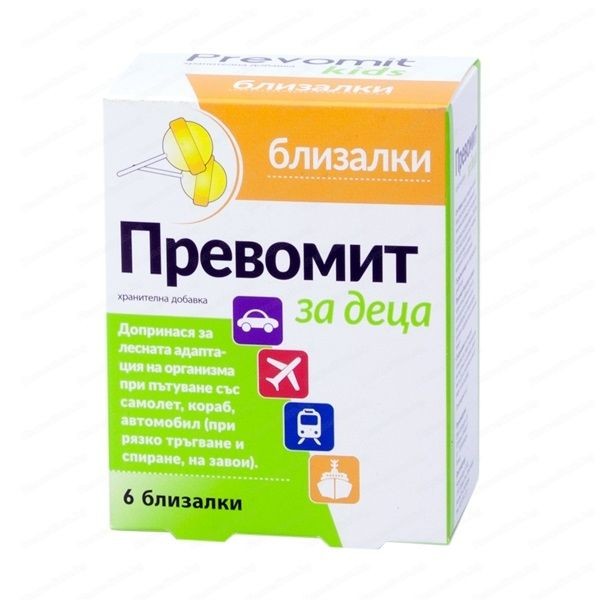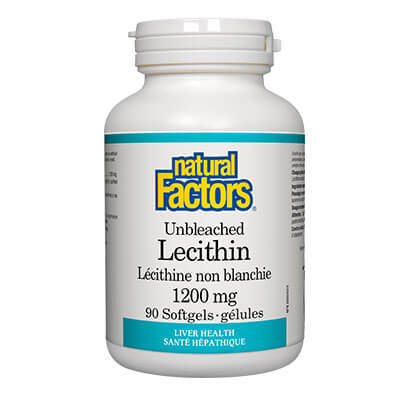NATURPHARMA REFALGIN / Refalgin for gastroesophageal reflux x 20 tabl
Refalgin tablets are indicated for the treatment of gastroesophageal reflux and associated symptoms, including:
- Acid regurgitation
- Heartburn
- Heartburn during pregnancy
- Indigestion associated with reflux of gastric contents
- Cough
- Hoarse voice
- Nasopharyngeal inflammations
The product can be used for a long time as prevention and prophylaxis during treatment with non-steroidal anti-inflammatory drugs.
7 reasons to take Refalgin for heartburn:
- Fast acting: onset of symptom relief within 3 minutes after administration
- Long-acting: symptom control for more than 4 hours
- Powerful effect comparable to that of PPIs
- Mechanical effect: creates a natural barrier between the stomach and esophagus
- It can be taken for a long time and as a concomitant therapy in treatment with NSAIDs.
- Can be used in children
- Therapy based on the recommendations of the World Gastroenterology Organization
Useful information:
Acid-related diseases
Increased stomach acidity is a condition that accompanies gastritis, gastroesophageal reflux disease (GERD), ulcer-like dyspepsia, and peptic ulcer disease.
Ulcers
Duodenal ulcers and gastric ulcers are known as peptic ulcers and are open lesions on the mucosa. The two main causes of ulcers are nonsteroidal anti-inflammatory drugs and the bacterium Helicobacter pylori. Once formed, the ulcer becomes a prerequisite for increasing damage to the mucosa, provoked by the high acidity and the enzyme pepsin contained in the gastric juice.
Therefore, one of the therapeutic approaches is to reduce the acidity of the environment, which leads to a reduction in the direct aggressive effect, as well as the indirect effect of reducing the activity of pepsin, which is active in a highly acidic environment (pH 1-2) .
Gastroesophageal reflux disease (GERD)
The condition affects up to 30% of the population in European countries and is caused by the entry of gastric contents into the esophagus. Unlike the gastric mucosa, the esophagus is not resistant to the highly acidic and aggressive environment characteristic of gastric juice, and this leads to its damage and the appearance of symptoms that reduce the quality of life of patients.
The most important element of the antireflux barrier is the lower esophageal sphincter (LES) , which is an involuntary muscular structure that, when contracted, prevents the passage of gastric contents in the opposite direction (reflux) from the stomach to the esophagus. The cause of gastroesophageal reflux is the transient relaxation of the LES, in which the LES relaxes spontaneously, unprovoked by food ingestion, for a prolonged period of time.
Most preparations rely on one mechanism, namely reducing the acidity of the environment, which they achieve in three different ways:
- Neutralizing the acidity of gastric juice with alkaline compounds ( this is how antacids work) . The effect is quick, but short-lived and has no healing effect on the mucous membrane.
- Reducing the production of hydrochloric acid (HCl) by blocking the interaction of histamine with the histamine H2-receptors of the parietal cells in the stomach ( this is how H2-blockers such as ranitidine, famotidine, cimetidine, etc. work)
- Irreversible blocking of the enzyme system known as the stomach's proton pump ( this is how proton pump inhibitors, PPIs, work: omeprazole, pantoprazole, esomeprazole, rabeprazole, etc.)
To date, proton pump inhibitors (PPIs) are the most commonly used therapy for patients with GERD. However, it has been found that not all patients respond satisfactorily to this type of treatment and that approximately 35% of patients require additional intervention to control symptoms. In addition to the lack of sufficient effect, prolonged use of proton pump inhibitors can lead to undesirable effects due to altered bacterial flora as a result of altered gastric acidity.
With prolonged use of PPIs, the following have been described:
- change in the absorption of vitamins and minerals;
- metabolic effects on bone density;
- change in pharmacokinetics and pharmacodynamics of concomitant therapy in comorbid patients;
- risk of developing infections from community-acquired pneumonia and hospital-acquired pneumonia;
- Clostridium Difficile;
- altered intestinal flora associated with upset stomach, bloating and reduced absorption;
- spontaneous bacterial peritonitis;
- interstitial nephritis, etc.
Refalgin is a new approach to treating diseases related to stomach acids
- For ulcers: builds a protective layer that protects the stomach lining
- In GERD – it builds a natural mechanical barrier that blocks the entry of gastric contents into the esophagus
Composition (in 1 tablet Refalgin / Refalgin):
Alginic acid | 365 mg |
Sodium alginate | 300 mg |
Sodium bicarbonate | 150 mg |
Calcium carbonate | 150 mg |
Simethicone | 30 mg |
The ingredients of Refalgin work together
Alginic acid and sodium alginate are natural products (polysaccharides) obtained from the cell walls of brown algae (Phaeophyceae). Algae are one of the oldest forms of life in the world, dating back to the Pre-Cambrian era and have remained unchanged since then. It is important to note that none of the species of algae used to produce alginate can be cultivated, but are wild-growing.
A characteristic property of alginate is that in the acidic environment of gastric juice it turns into a gel. The gel attaches to the stomach wall and thus builds an additional protective layer that protects the gastric mucosa.
Calcium carbonate
Calcium ions increase the strength and stability of the alginate gel.
Sodium bicarbonate
The sodium bicarbonate in the Refalgin tablet performs two functions. The first is to react with stomach acid and neutralize it. This neutralization reaction produces carbon dioxide, which is captured by the alginate gel, and the gel thus turns into foam. Because it becomes lighter than the stomach contents, the foam rises to the surface, forming a pH-neutral barrier. Studies have shown that the alginate barrier travels to the esophagus and serves as a physical barrier against reflux.
Simethicone
Simethicone forms a thin layer on the gastric mucosa by forming an additional protective film that isolates the mucosa from contact with "aggressive factors" such as stomach acid, certain types of food or medications. In addition, it reduces the surface tension of gas bubbles, causing them to combine into larger bubbles in the stomach, "bursting" them and releasing the gas that is trapped in the gastrointestinal tract.
Recommended dosage:
For adults: Take 1-2 tablets of Refalgin half an hour after meals with a little water.
Packaging: 20 tablets
Influence of food on the effect of Refalgin
To achieve optimal effect, it is important when Refalgin is taken. This is due to the fact that the formation of the alginate anti-reflux barrier can be influenced by food. Therefore, it is recommended to take the preparation 30 minutes after a meal, which is important, considering that reflux symptoms appear in the interval 30-90 minutes after feeding.
Interaction with other products
Some of the components of Refalgin tablets may affect the activity of other products taken orally, which is why it is recommended that Refalgin be taken at least 2 hours before or 2 hours after taking other products for oral use.
Tolerance
Refalgin tablets are well tolerated because the mechanism of action is mechanical and does not depend on systemic absorption.
MEDICAL DEVICE CE0373
Manufacturer: FARMA-DERMA Srl, Via dell'Artigiano 6-8, 40010 Sala Bolognese (BO), Italy
Distributor: Naturpharma Bulgaria EOOD, Sofia, 21 Yanko Sofiyski Str., tel: 02/963 33 59, info@naturpharmabg.com


